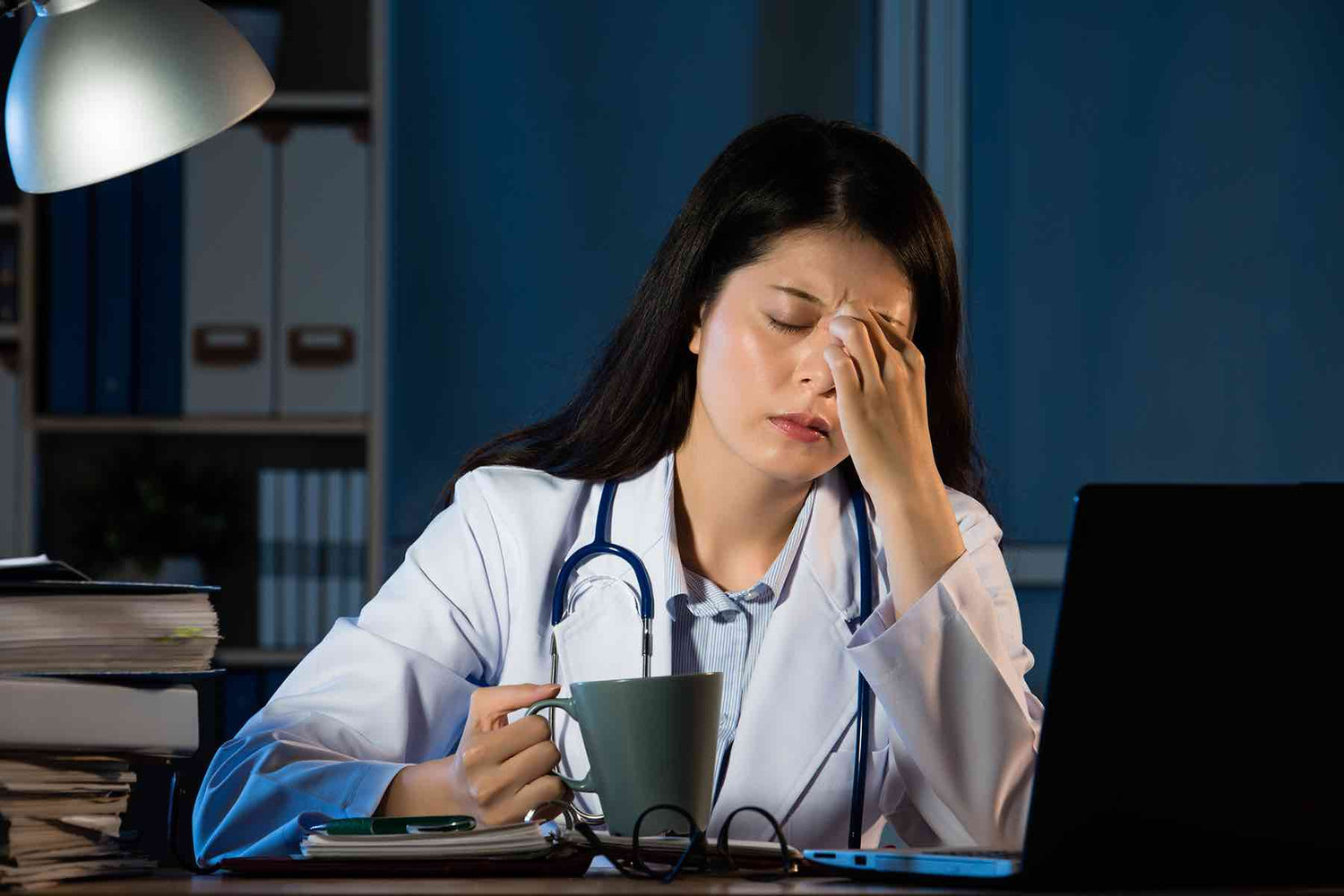
The Role of Blue Light in Stress
We have all experienced irritability following a sleepless night. But the cause might be more related to the side-effects of circadian disruption, rather than from lack of sleep. Exposure to excess blue light in the evening causes a rise in the stress hormone cortisol and delays the onset of natural melatonin, causing symptoms similar to jet lag the next day.

Reducing OTC Pain Medication Use
Brain imaging research suggests that mental discomfort and physical pain may have overlapping biological mechanisms. Depressive emotional states can exacerbate perceived discomfort from physical ailments. Our research has found that by alleviating mood disturbance through proper management of blue light exposure at night, people who are required to perform work during night-time hours such as night-shift nurses were able to reduce the use of common Over-the-Counter pain medications by 43%.

Supporting Improved Mood
To better understand the effects of night-time blue light exposure, we studied the responses of a population of night-shift workers before and after removing circadian-disruptive blue light from their night-time environment. Our data showed that reducing night-time circadian blue light exposure to less than 2 microwatts per square centimeter resulted in a 53% improvement in mood disturbance and a 31% reduction in sleepiness as measured on the Center for Epidemiologic Studies Depression Scale CES-D Scale and Epworth Sleepiness Scale.


